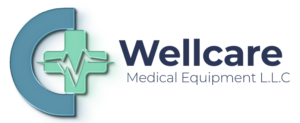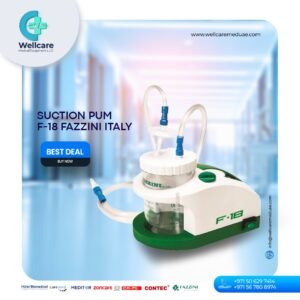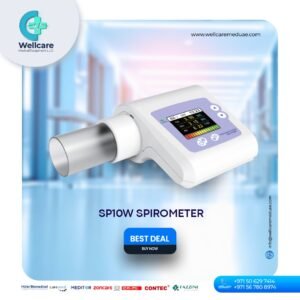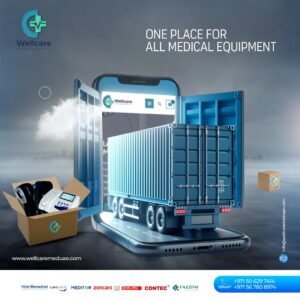Ambulance-Emergency Rescue Equipments supplier in Nigeria
The importance of ambulance and emergency rescue equipment in Nigeria cannot be overstated, as they play a crucial role in the country's healthcare system, particularly in saving lives during emergencies. Nigeria, with its vast population and diverse geographical landscape, faces numerous challenges in providing timely and effective medical care, especially in remote and underdeveloped regions. This makes the availability and functionality of ambulance and emergency rescue equipment vital. Ambulance services in Nigeria are essential for the rapid transportation of patients to healthcare facilities. They are equipped with various life-saving tools, such as defibrillators, oxygen cylinders, and advanced first aid kits, which are crucial for stabilizing patients during transit. Given the high incidence of road traffic accidents, communicable diseases, and other health emergencies, well-equipped ambulances are a necessity to ensure that patients receive the necessary care as quickly as possible. Emergency rescue equipment is equally critical in Nigeria, particularly in responding to natural disasters, industrial accidents, and other large-scale emergencies. Equipment such as stretchers, spinal boards, hydraulic rescue tools, and cutting devices are indispensable for extricating victims from dangerous situations and providing immediate medical care. In a country where emergency response times can be delayed due to infrastructural challenges, having this equipment readily available can significantly reduce fatalities and improve recovery outcomes. However, the availability and quality of these equipments are often uneven across Nigeria, with urban areas being better served than rural regions. This disparity underscores the need for continuous investment in healthcare infrastructure and emergency services, along with the training of paramedics and first responders. Improving the accessibility and efficiency of ambulance and emergency rescue services in Nigeria is vital to addressing the country's healthcare challenges and enhancing the overall well-being of its citizens.
The positive impacts of ambulance and emergency rescue equipment in Nigeria are significant, particularly in enhancing the healthcare system and improving overall public safety.
Saving Lives: The most immediate and critical impact of well-equipped ambulances and emergency rescue tools is the ability to save lives. In emergencies, such as accidents, heart attacks, or complications during childbirth, the timely arrival of an ambulance equipped with life-saving devices like defibrillators, oxygen tanks, and first aid supplies can be the difference between life and death. Rapid response and the ability to provide immediate medical care on the way to the hospital significantly increase the chances of survival.
Improving Access to Healthcare: In many parts of Nigeria, particularly in remote and rural areas, access to healthcare facilities can be limited. Ambulances equipped with emergency medical equipment bridge this gap by bringing medical care to those who need it most, regardless of their location. This is particularly important in regions where hospitals are far away or where transportation infrastructure is poor.
Enhancing Disaster Response: Nigeria faces various natural and man-made disasters, such as floods, industrial accidents, and road traffic accidents. Emergency rescue equipment, such as stretchers, hydraulic cutters, and other tools, play a vital role in responding to these incidents. They enable first responders to quickly and effectively extricate victims from dangerous situations and provide immediate care, thereby reducing fatalities and severe injuries.
Supporting Public Health Initiatives: Ambulance services are also crucial during public health emergencies, such as outbreaks of infectious diseases. They enable the rapid transportation of patients to specialized healthcare facilities and ensure that contagious patients are isolated, reducing the risk of disease spread. This contributes to more effective management of public health crises.
Strengthening Healthcare Infrastructure: The integration of advanced ambulance and rescue equipment into the healthcare system also promotes overall infrastructural development. It necessitates the training of healthcare professionals, including paramedics and first responders, leading to a more skilled workforce. Additionally, it encourages the establishment of better-equipped healthcare facilities capable of handling emergencies, thereby improving the healthcare system’s capacity and resilience.
Building Public Confidence: The presence of reliable ambulance and emergency rescue services builds public confidence in the healthcare system. Knowing that emergency care is accessible and effective reassures the population, which is essential for public trust in healthcare providers and authorities.
Overall, the positive impacts of ambulance and emergency rescue equipment in Nigeria extend beyond individual lives saved; they contribute to a more robust and responsive healthcare system that can better serve the needs of the population, especially during critical moments.




